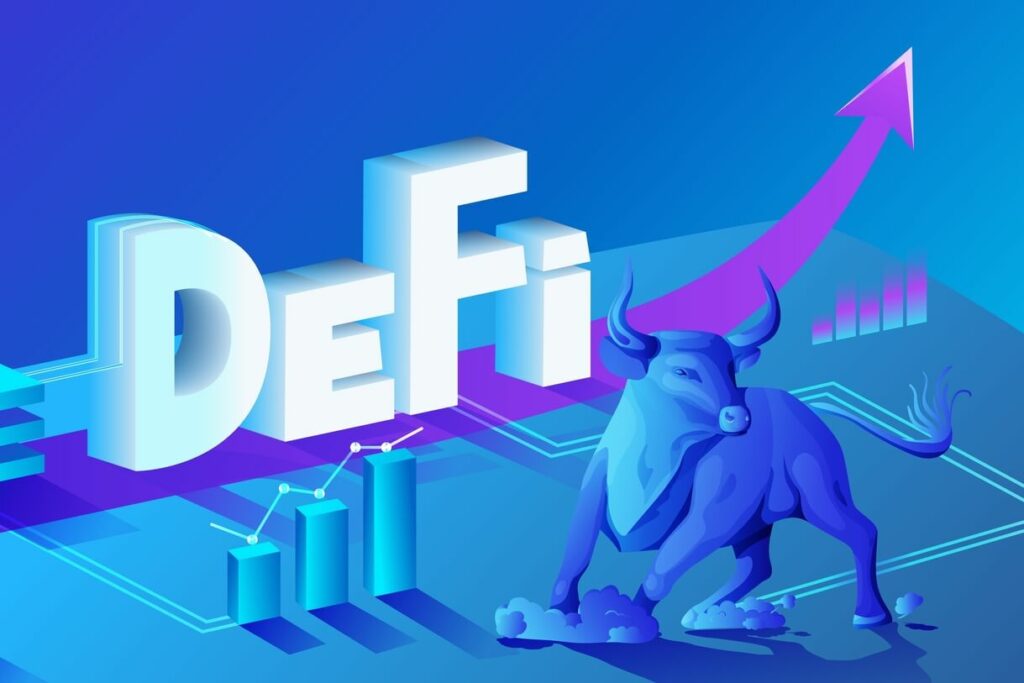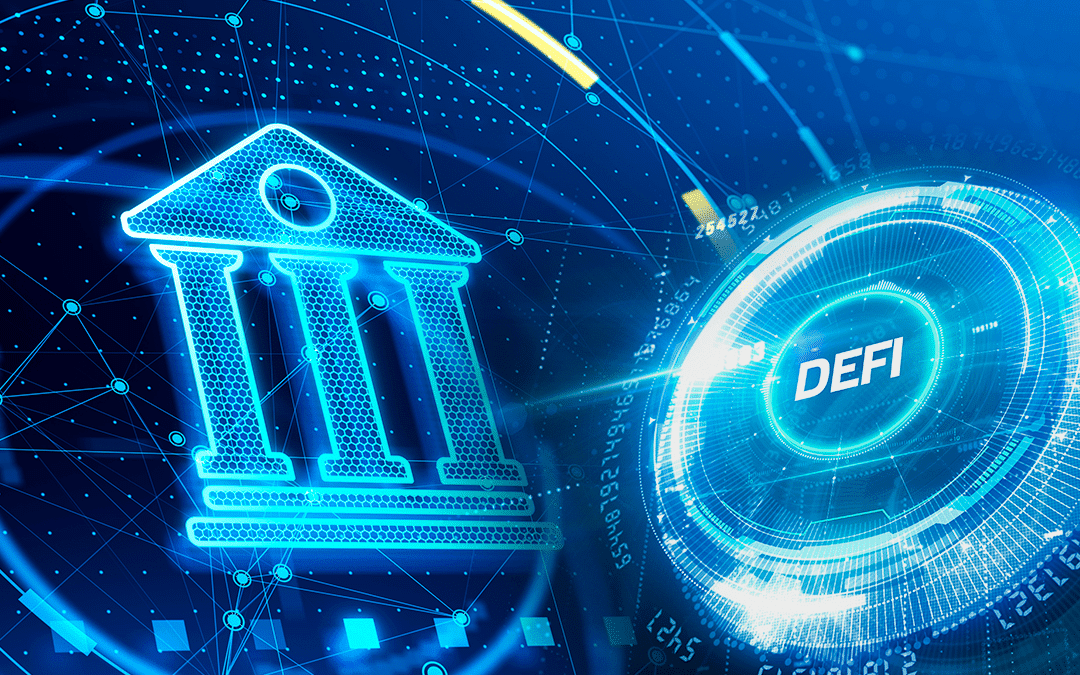Have you ever wondered “What is DeFi”? If you have, this might be the perfect article for you. DeFi stands for “Decentralized Finance”, as it is a gateway to financial applications based on blockchain networks. These protocols cut the need for an intermediary, thus providing an environment of financial freedom to the user.
Among the decentralized DeFi applications, we can find multiple lending platforms, decentralized exchanges (DEX) with stable cryptocurrencies (stablecoins), staking pools, crypto farming and even tokenized shares. What all extensions have in common is their registration in the blockchain, where each one of the operations is recorded forever.
What is DeFi?
DeFi can be defined as an ecosystem of financial products that, although they have similarities with traditional investment services, are entirely based on blockchain and operated by smart contracts. The data that flows on each DeFi platform is processed collectively, thus promoting decentralization in this space.
However, there are also private blockchains within DeFi. These services will be more centralized and will have a different way of managing their initiatives.
DeFi projects are known to be open source and functional for issuing crypto assets, processing thousands of transactions, and maintaining the integrity of financial deals.

How does DeFi work?
Users typically interact with DeFi through software called dapps (“decentralized applications”), most of which currently run on the Ethereum blockchain. Unlike a conventional bank, there is no need to fill out an application or open an account.
Here are some of the ways people are currently getting involved with DeFi:
- Lending and Staking: When you lend your crypto and earn interest and rewards every minute from it, not once a month like you would with a traditional bank.
- Receiving loans: when you get an instant loan without having to fill out the paperwork in a very short time that traditional financial institutions do not offer.
- Trading: When you trade certain crypto assets, you can buy and sell tokens without any hindrance.
- Long-term holding: When you put some of your crypto into savings account alternatives and end up getting better interest rates than you would normally get from a bank.
- Buying derivatives: when long or short bets are made on certain assets. These are seen as the crypto version of stock options or futures contracts.
How did DeFi come into existence?
The origin of DeFi begins with the arrival of Bitcoin, since the idea of blockchain-based assets was first presented. Satoshi introduced the idea of financial consensus and created a system of unlimited transactions.
Bitcoin definitely paved the road for a different financial sector than the one we know. However, the launch of Ethereum and its smart contracts was vital for DeFi development. Ethereum made it possible to create DApps within its blockchain ecosystem, which opened the door to projects of all kinds.
Stablecoins meant the first case for DeFi. From BitUSD to NuBits, who were the forerunners of this sector, the way was paved for more popular launches such as Tether, the most valued stablecoin in the crypto market.
